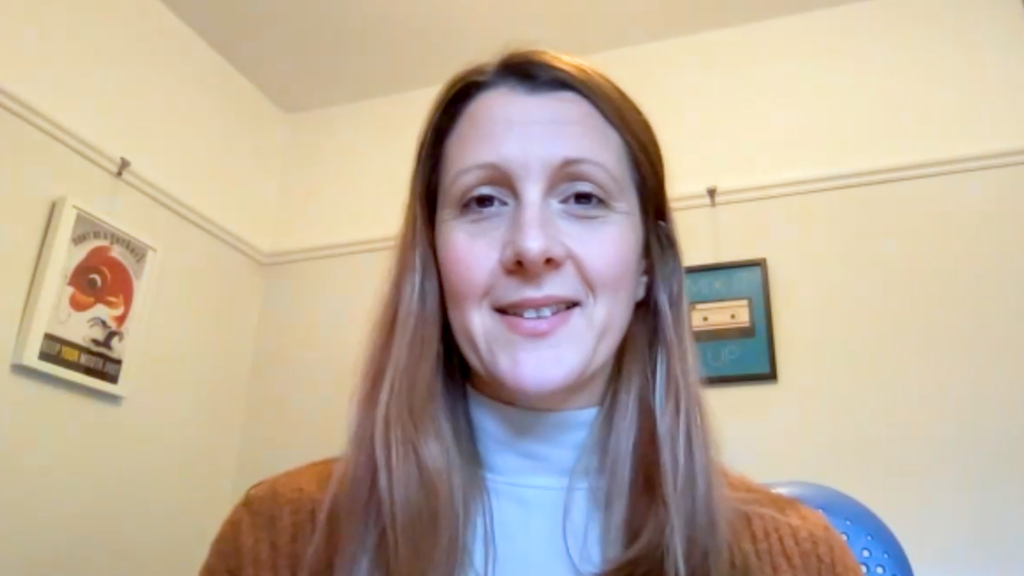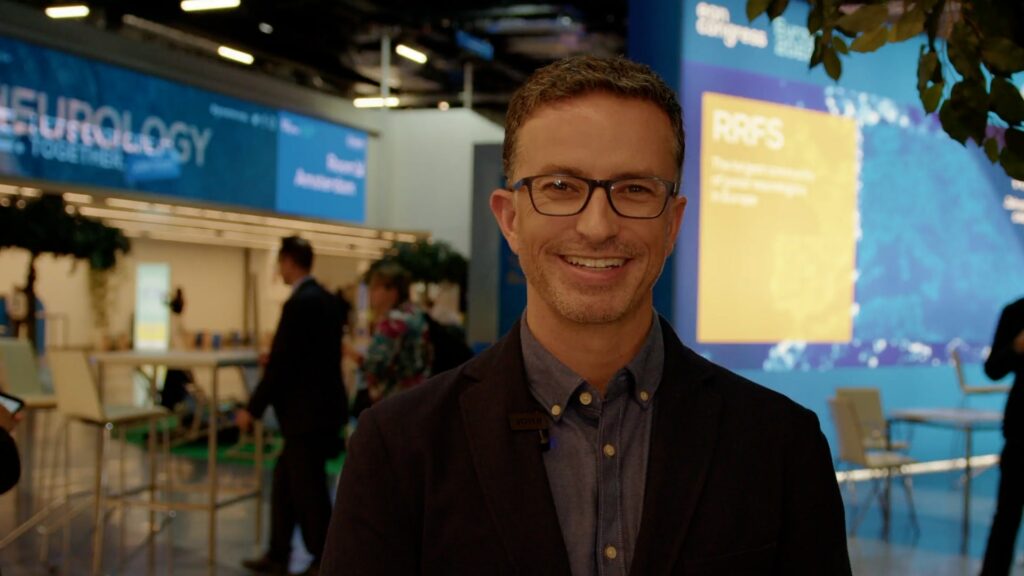touchNEUROLOGY editorial board member Prof. Angelo Antonini (Padua University Hospital, Italy) provides an overview of his top three most important updates and hot topics from the annual European Academy of Neurology (EAN), July 1–4, 2023, in the field of Parkinson’s disease. He particularly focusses on new insights in early detection of the disease before motor symptoms occur. Looking to the future, he discusses some novel treatments that could tackle the disease from a biological perspective.
Disclosures: Angelo Antonini has no actual or potential conflicts of interest in relation to this video.
Support: Interview and filming was supported by Touch Medical Media. The interview was conducted by Sophie Nickelson.
Filmed as highlight of EAN 2023.
Transcript
I’m Professor Angela Antonini, a Professor of Neurology at the University of Padua in Italy, and the Director of the Movement Disorders and Parkinson’s Unit at Padua University Hospital. So there were a number of issues addressed at the congress here at the European Academy of Neurology, and many would probably deserve to be mentioned. I think what really struck me the most were some sessions addressing especially early detection of the disease, even before motor symptom morphology could occur. This applies not only, of course, to Parkinson’s but also to genetic diseases.
But I think in Parkinson’s, we are now realizing that there are changes at the cellular level that are occurring very early, many decades before we can see the modern manifestations we have classically attributed to the disease. Now, these changes have opened the way to the use of novel biomarker approaches.
Some of them relate to the possibility of detecting the abnormal protein, this misfolded synuclein, which is the mechanistic cause of most of the Parkinson’s we see in the clinic. It can be detected in the blood, or in tissues like the skin, and it can be analyzed using some relatively modern, but well-established methodologies like real-time quaking expansion. So, whether it’s an approach that has been tested previously, and has been partially useful during the COVID time, now we can see this protein and its aggregates being opened up and we can actually make a diagnosis, potentially, or ensure that the patient has the pathology ongoing even before they rigidity, the bradykinesia or the tremor appear. So, this is relevant because there is another aspect that we have learned, that a significant proportion of people with Parkinson’s present with genetic mutations.
Some of them are causative, others are risk factors, but now that we have access to allow us to screen a large number of genes, it will be important to inform people if that specific mutation is the cause of the disease or if there a different mechanism ongoing. So the second, say, important take home message which is coming from the discovery of biomarkers is that we now have novel treatments that are under development that may tackle the disease from a biological perspective.
So instead of symptomatically replacing the missing dopamine in the brain we can now provide immunotherapies or small molecules that can block protein aggregation, and this will have an impact, hopefully, on progression of the disease, and if effective, it could be applied even before the classic motor symptoms appear to people manifesting biomarker changes, and this should be probably the future application of these advanced therapies.
I think there was another important aspect that was highlighted here, which is the importance to recognize functional movement disorders and functional neurological disorders. The wording functional has been often misinterpreted that people think that if you have a movement which is involuntary, and which is a bit funny or non-consistent, people make it up or they have some underlying psychiatric condition.
While we now understand that dysfunction in specific areas of the brain, which are responsible for making us aware of the movements we make, are damaged in these people.
So these people suffer from a disorder in the posterior part of the brain, the parietal temporal cortex, which is responsible for giving us awareness of the movements that we make, so if I move my hand, I’m aware that I moved it, but if I had a dysfunction in this area, when my hand moves, I will never become aware that the hand has moved, and I think that something wrong is happening, and someone else is moving the hand for me. So these people don’t have psychiatric manifestations as we have considered them in the past, but they have a selective dysfunction in brain areas that are responsible for motor control.











